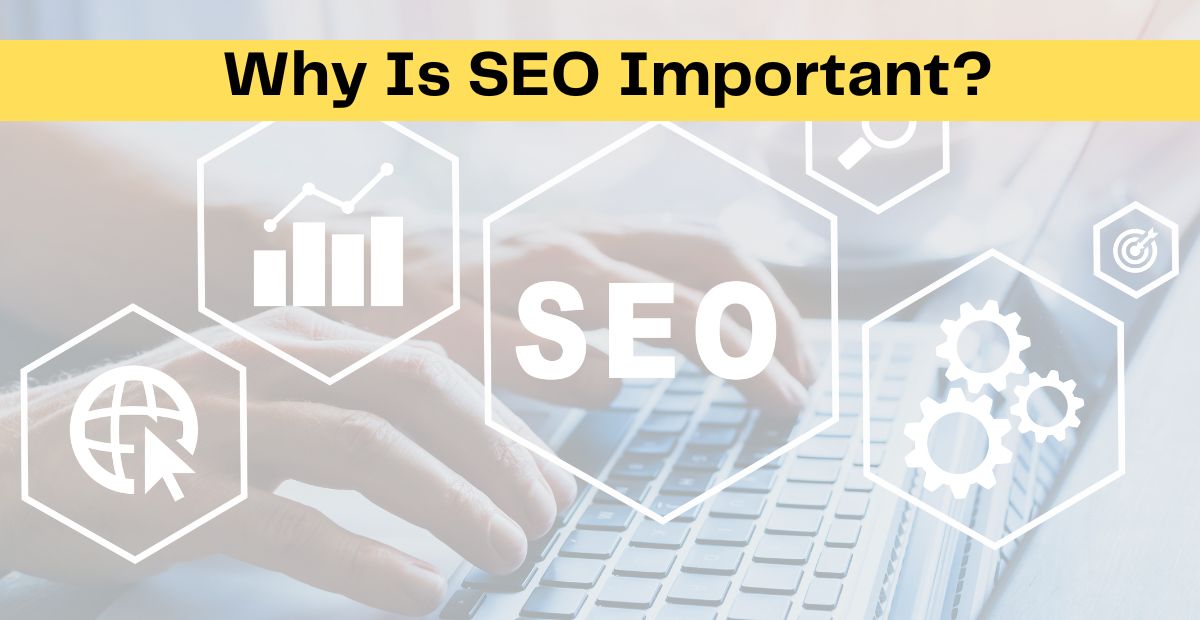
Introduction
If you’re wondering how to learn digital marketing, you’re in the right place. This guide will show you the exact steps to get started in the world of digital marketing. Whether you’re a beginner or looking to refine your skills, digital marketing is an essential part of modern business growth.Digital marketing is one of the most in-demand skills in today’s digital era. Whether you are a business owner, a freelancer, or someone looking for a high-paying career, learning digital marketing can open countless opportunities. But how do you get started? This guide will walk you through everything you need to know to learn digital marketing effectively. If you want to know more about this topic, then visit our link. There you will find out more details.
What is Digital Marketing? Understanding the Basics
Digital marketing is the practice of promoting products or services using digital channels like search engines, social media, email, and websites. It includes various strategies such as SEO, content marketing, PPC, email marketing, and social media marketing.
Why Should You Learn Digital Marketing?
- High demand and career growth
- Flexible job opportunities (freelance, remote, full-time)
- Helps businesses grow online
- Enhances personal branding
- Potential for passive income
Step 1: Master the Fundamentals of Digital Marketing
Before diving deep, you need to understand key digital marketing concepts:
- SEO (Search Engine Optimization): Optimizing websites to rank higher on Google.
- Content Marketing: Creating valuable content to attract and engage audiences.
- Social Media Marketing: Promoting brands through platforms like Facebook, Instagram, and LinkedIn.
- PPC (Pay-Per-Click): Running paid ads on Google and social media.
- Email Marketing: Building email lists and sending targeted campaigns.
Step 2: Take Online Digital Marketing Courses
Many online platforms offer digital marketing courses for beginners. Some recommended platforms include:
- Google Digital Garage (Free certification course)
- HubSpot Academy (Inbound marketing and email marketing)
- Coursera & Udemy (Affordable digital marketing courses)
- Semrush Academy (SEO and PPC-focused courses)
Step 3: Follow the Best Digital Marketing Blogs & Resources
To stay updated with the latest trends, follow industry-leading blogs like:
- Neil Patel Blog (SEO and content marketing)
- Moz Blog (SEO tips and case studies)
- Search Engine Journal (Latest digital marketing news)
- HubSpot Blog (Inbound and email marketing)
Step 4: Practice with Real Projects
Hands-on experience is crucial to mastering digital marketing. You can:
- Start a personal blog or website.
- Manage social media pages.
- Run small ad campaigns.
- Offer free marketing services to local businesses.
Step 5: Learn SEO (Search Engine Optimization)
SEO is one of the most valuable skills in digital marketing. To learn SEO:
- Understand keyword research using tools like Google Keyword Planner.
- Optimize on-page SEO (title tags, meta descriptions, headings).
- Learn technical SEO (site speed, mobile-friendliness, indexing).
- Build backlinks for off-page SEO authority.
Step 6: Master Social Media Marketing
Social media platforms play a key role in digital marketing. Learn how to:
- Create engaging content for different platforms.
- Use hashtags and trends to increase reach.
- Run Facebook and Instagram ads.
- Engage with followers and build a community.
Step 7: Learn Google Ads & PPC Advertising
Paid advertising can bring instant traffic to websites. To get started:
- Learn Google Ads basics (Search, Display, YouTube Ads).
- Understand bidding strategies and keyword match types.
- Track conversions using Google Analytics.
- Optimize ad campaigns for better ROI.
Step 8: Understand Email Marketing
Email marketing is a cost-effective way to nurture leads and drive sales.
- Build an email list using lead magnets.
- Learn how to write compelling email copy.
- Use automation tools like Mailchimp and ConvertKit.
- Track email performance (open rates, CTR, conversions).
Step 9: Stay Updated with Industry Trends
Digital marketing is constantly evolving. Follow:
- Google Algorithm Updates (SEO changes)
- Emerging social media trends (Reels, TikTok marketing)
- AI & automation in marketing
- Data privacy laws (GDPR, CCPA)
Step 10: Get Certified & Apply for Jobs
Boost your credibility by earning digital marketing certifications:
- Google Ads & Analytics Certification
- HubSpot Content Marketing Certification
- Facebook Blueprint Certification
Once you have the skills, start applying for jobs on platforms like LinkedIn, Upwork, and Fiverr.
Conclusion
Learning digital marketing takes time, effort, and practical experience. Start with the basics, take courses, practice with real projects, and stay updated with trends. With consistent learning, you can build a rewarding career in digital marketing!To successfully learn digital marketing, it’s important to cover all the aspects mentioned in this guide. By mastering SEO, content marketing, social media, email campaigns, and paid advertising, you’ll be able to build a successful digital marketing strategy for your business.
Final Tip: If you’re serious about mastering digital marketing, start a blog, experiment with SEO, and run small ad campaigns to apply your skills in real life. For more in-depth strategies to grow your digital marketing career, refer to Neil Patel’s Digital Marketing Insights.






